Rocket Lab signed a five-launch contract with European satellite data company Kinéis. The deal adds to the space company’s backlog.
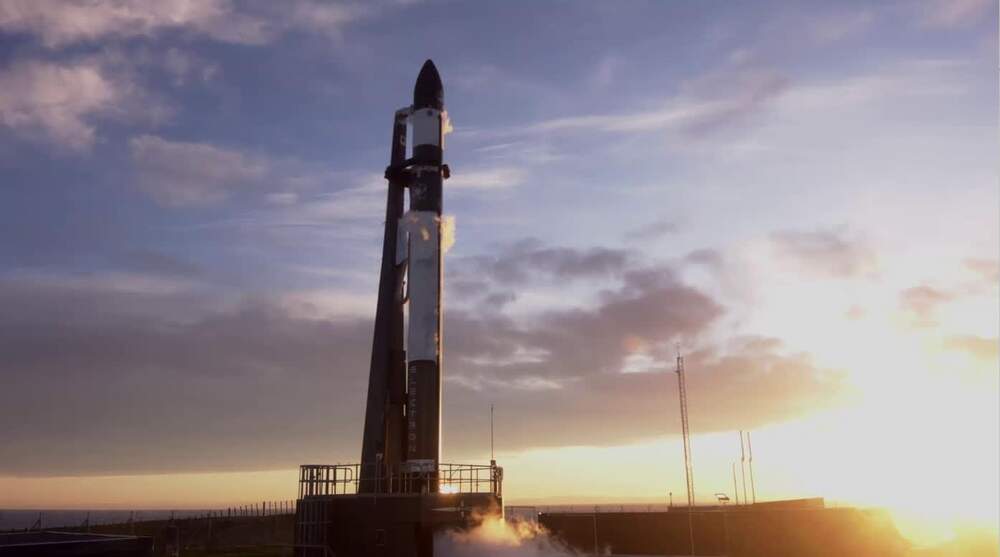

Private orbital debris removal company Astroscale has validated its magnetic capture system that is designed to tackle the problem of space debris. Its End-of-Life Services by Astroscale-demonstration (ELSA-d) servicer satellite managed to capture a simulated piece of space debris in orbit for the first time using the system.
Space debris is a serious and growing problem as popular orbits around the Earth become increasingly cluttered with defunct satellites, boosters, and other flotsam that present the hazard of an increased probability of a bit of debris striking a working spacecraft at hypersonic speeds.
In recent years, there have been a number of proposals put forward to deal with this, including devices installed on satellites to increase atmospheric drag as well as experimental capture devices. In general, the most promising technology has involved end-of-life systems installed in new spacecraft, or spacecraft that can rendezvous with aging satellites still capable of maintaining attitude to deorbit them.
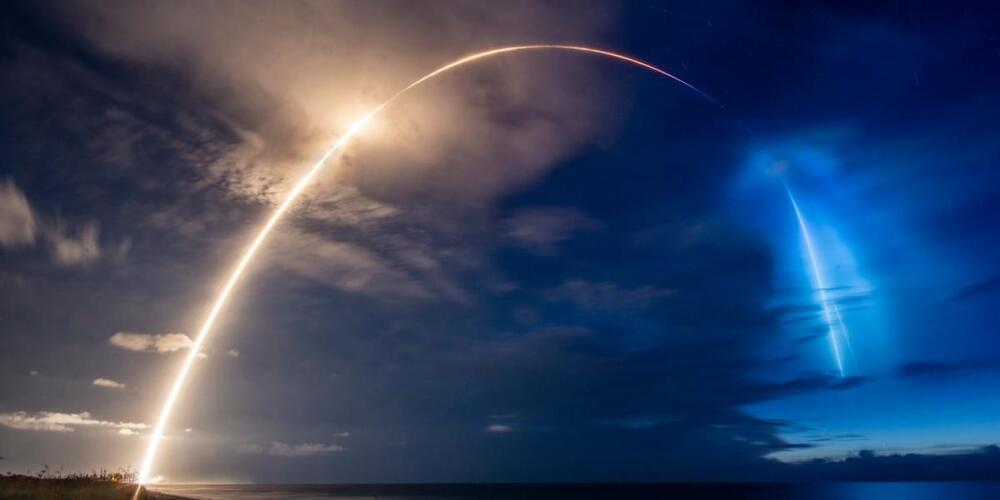
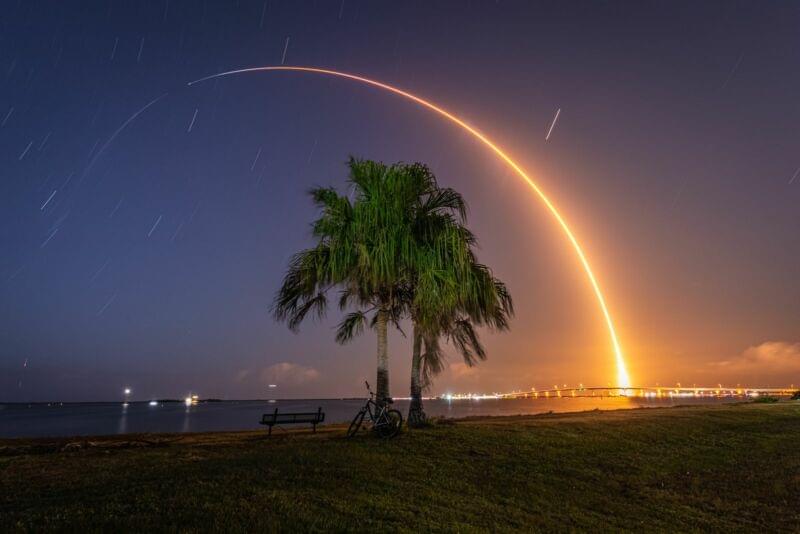
The biggest threat to our success is moving too slowly and refusing to change.
In June, a previously flown Falcon 9 booster lofted a new-generation Global Positioning Satellite for the US Space Force. This marked a watershed moment for the US military and the concept of reusable rockets, as the Space Force entrusted a satellite worth about half a billion dollars to the new technology.
Now, thanks to a recent news release from the US Space Force, we have a little more insight into why the Space Force is leaning into reusable rockets and other technology from innovative companies such as SpaceX.
Using a refurbished booster—this particular first stage had launched a GPS III satellite in November 2020—did save the Space Force money. By agreeing to launch two of its new GPS III satellites on used rockets, essentially, the US government pocketed $52 million in cost savings. This was certainly welcome, Space Force officials said, and it’s nice to have the potential to increase launch tempo.

Elon Musk, CEO of Tesla and SpaceX just confirmed that Starlink will transfer data close to speed of light. According to Gizmochina, the speed will be close to 97% speed of light.
Starlink is a constellation of thousands satellites aiming to deliver high-speed internet to consumers anywhere on the planet. While the Starlink service is still in beta, the company has over 100,000 users in 14 countries so far, with over half a million orders or refundable deposits placed by potential customers.
As of today there are 1,700 satellites in orbit. SpaceX intends to provide satellite internet connectivity to underserved areas of the planet, as well as provide competitively priced service in more urbanized areas. The company has stated that the positive cash flow from selling satellite internet services would be necessary to fund their Mars plans.
‘How far will future rockets go?’
The SpaceX Starship might be the next rocket to take humans to the moon, but it won’t be the first, and likely not the last.
Starting in the mid-20th century, humanity has explored space faster than ever before. We’ve launched satellites, telescopes, space stations, and spacecrafts, all strapped to rocket-propelled launch vehicles that helped them breach our atmosphere.
This infographic from designer Tyler Skarbek stacks up the many different rockets of the world side-by-side, showing which country designed them, what years they were used, and what they (could) accomplish.
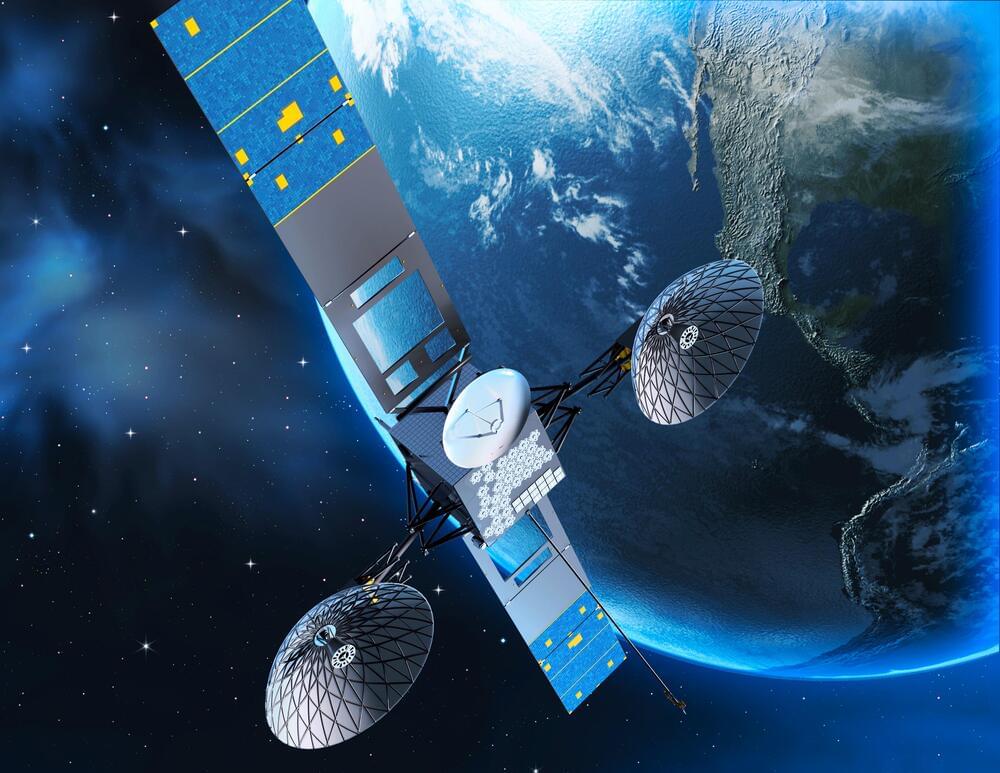
Roaming isn’t available in space, so network access is an issue as satellites and spacecraft orbit the Earth. This will soon change as NASA develops a new Wideband Ka-band communications terminal, which is a transceiver that operates over government and commercial Ka-band spectrum allocations (17.7 GHz – 31 GHz).
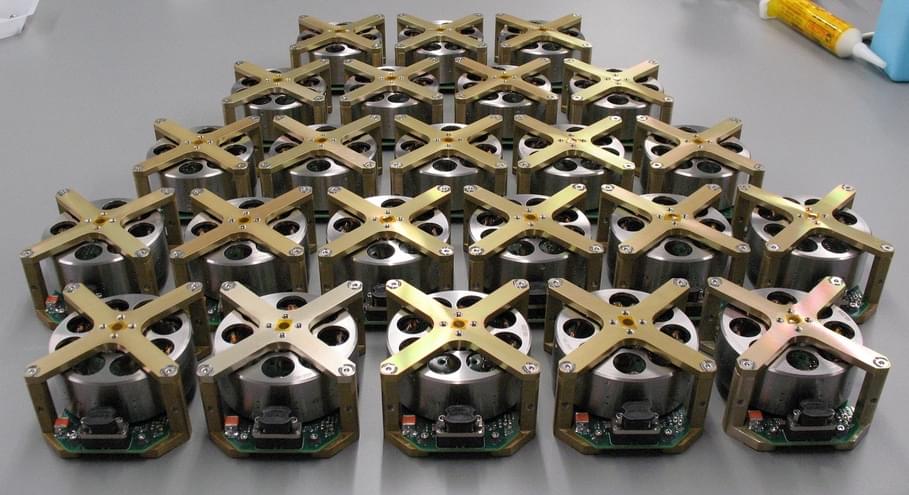
LOMPOC, Calif. — Rocket Lab announced Sept. 1 that it is expanding production of satellite components to meet demand from companies developing satellite constellations.
The company said it is increasing production of reaction wheels, components used for attitude control of spacecraft. The company started offering those components after acquiring Sinclair Interplanetary, a smallsat component manufacturer, in April 2020.
The new production line will be able to produce up to 2,000 reaction wheels a year. “When we took over Sinclair Interplanetary, on a good year they were doing between 100 and 150 wheels,” Peter Beck, chief executive of Rocket Lab, said in an interview. “Going to a couple of thousand is a serious move up.”
Because now more than ever we need to know the weather.
NASA is working on a new machine learning software that could revolutionize our understanding of weather patterns.
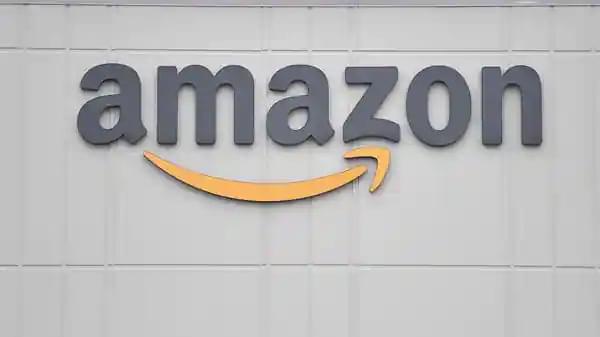
Of the more than 55,000 jobs, Jassy announced, over 40,000 will be in the United States, while others will be in countries such as India, Germany and Japan via its job fair ‘Amazon Career Day.’ In order to learn about Amazon job opportunities, click on their job page: amazon.jobs/in.
Amazon Career Day is a free event on September 16 2021 at 10:00am IST. “This interactive experience is for all job seekers, regardless of your level of experience, professional field, or background – whether you are interested in working at Amazon or elsewhere,” the company said in. a statement.
Jassy, in his first press interview since he ascended to Amazon’s top post in July, said the company needed more firepower to keep up with demand in retail, the cloud and advertising, among other businesses. He said the company’s new bet to launch satellites into orbit to widen broadband access, called Project Kuiper, would require a lot of new hires, too.